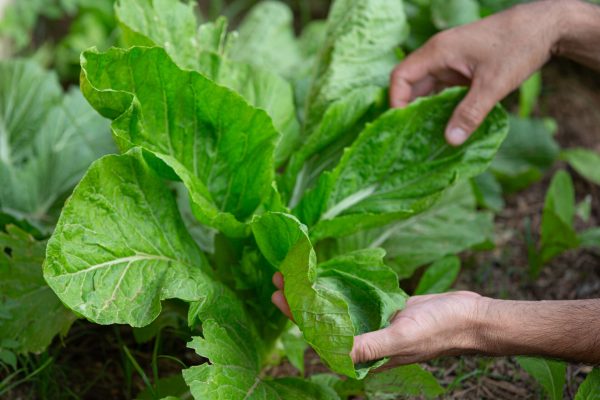Project Report For Sorrel Cultivation
Introduction
Project Report for Sorrel Cultivation is as follows.
A green vegetable in the Polygonaceae family, sorrel is also known as Rumex acetosa. The plant is used in many different types of food and has long, triangular leaves with a sour, lemon-lime flavor. Due to its excellent nutritional value and adaptability in cooking, sorrel farming is growing in popularity in India.
Sorrel is a hardy plant that grows well in a variety of soil types and climates. It is best grown in areas with moist, well-drained soils and temperatures that range from 20 to 25°C. It is also a resilient plant that is able to tolerate poor soils and cool temperatures, making it ideal for cultivation in the colder regions of India.
Sorrel plants grow up to 1-2 meters tall and are typically propagated by seed. The seeds are sown in the spring and should be spaced 20-30 cm apart to allow for proper growth and development. Sorrel plants require regular watering and should be fertilized every few weeks with a balanced fertilizer. Pests and diseases are rare, but the plant is susceptible to rust and powdery mildew, which can be controlled with proper fungicidal sprays.
Although they can grow in different types of soil, sorrel plants thrive in rich, moist soil the best. In April or May, seeds are sown fifteen to eighteen inches apart, half an inch below the surface. However, some sorrel kinds are harvested for the stem-like rhubarb, same to way spinach and lettuce are harvested. The leaves are ready to be harvested in July or August. The correct approach should be used to divide the roots of a sapling in order to produce a sorrel plant without using fresh seeds. In order to foster the growth of larger and more desirable leaves that may be harvested, a blossom that appears on the plant in the summer must be removed.
In addition to its culinary uses, sorrel has several health benefits. The leaves are believed to have antibacterial, anti-inflammatory, and antiviral properties. They are also used to treat digestive disorders, such as indigestion and heartburn, and are believed to have a positive effect on the liver and kidneys. Sorrel leaves are also rich in antioxidants, which help to prevent cellular damage and reduce the risk of chronic diseases, such as heart disease and cancer.

Project Report Sample For
Sorrel Cultivation
Get Completely Custom Bankable Project Report
Market Potential For Sorrel Cultivation
The global vertical farming market was valued at USD 5,894.4 million in 2022 and is predicted to increase at a compound annual growth rate (CAGR) of 20.1% from 2023 to 2030.
One of the biggest sorrel producers in the world, India holds a sizeable portion of the global market. The nation is the perfect place to grow sorrel due to its hospitable temperature and soil characteristics that assist the plant’s growth. Small and medium-sized farmers in rural areas cultivate sorrel as a secondary source of income for the vast bulk of the country’s sorrel production.
Farmers in India can make money growing sorrel because there is a growing market for the vegetable due to its nutritional worth and adaptability in the kitchen. In addition to being imported into other nations, sorrel leaves are sold in local marketplaces. Because they can be utilised in food and medicine, sorrel seeds are also in high demand.
Growing knowledge of sorrel’s health advantages is the market potential for its cultivation in India. Sorrel is said to help regulate blood pressure, promote digestion, and strengthen immunity because it is known to be abundant in antioxidants, vitamins, and minerals. Health-conscious customers’ demand for items made with sorrel, such as juices, teas, and supplements, has surged as a result.
The growing demand for organic and natural products has also increased demand for sorrel-based goods. Sorrel is a popular product among customers who are worried about their health and wellbeing because it is regarded as natural and organic and free of chemicals and artificial additions.

